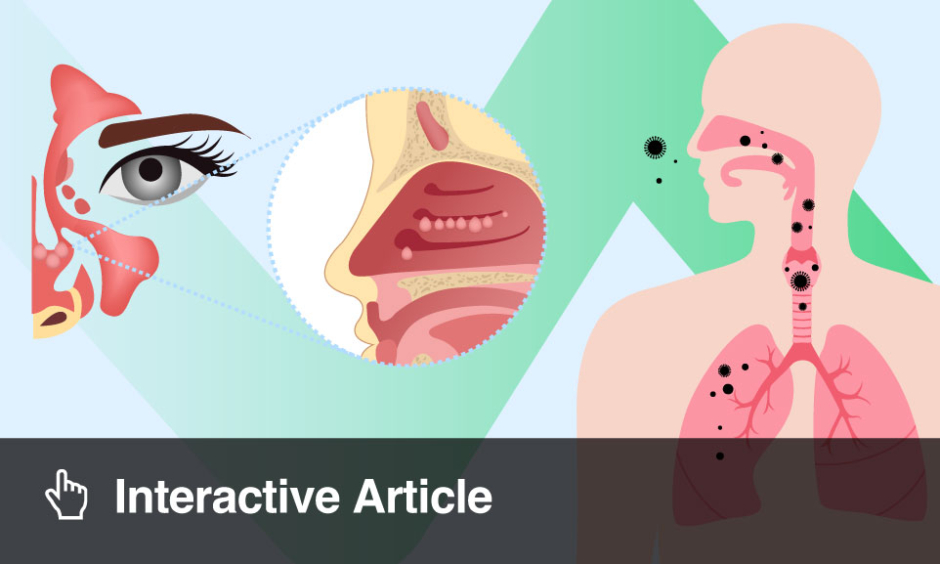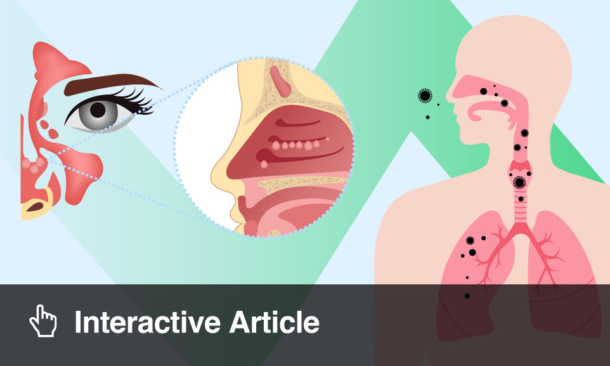ATOPIC dermatitis (AD) is a chronic inflammatory skin condition marked by itching, dryness, redness, and swelling. It represents the leading cause of non-fatal skin disease burden worldwide and is especially common in children, with prevalence rates reaching 10–20% in some populations. The persistent pruritus and inflammation associated with AD severely disrupt sleep and emotional wellbeing, often leading to anxiety, depression, and reduced quality of life.
The Role of Staphylococcus aureus in AD
A significant body of research links Staphylococcus aureus (S. aureus) to the worsening of atopic dermatitis. Around 70% of AD lesions are colonised by this bacterium, compared with under 40% in healthy skin. The toxins and enzymes released by S. aureus damage the skin barrier, promoting inflammation and intensifying symptoms.
Superantigens, δ toxins, and phenol-soluble modulins stimulate immune cell activation and cytokine release, increasing itching and redness. Colonisation severity also mirrors disease progression, reaching 100% in severe cases, highlighting the importance of managing S. aureus to control AD flares and support barrier repair.
Endolysin Therapy: A Targeted New Solution
Endolysin therapy for atopic dermatitis has emerged as an innovative, targeted treatment approach. Endolysins are enzymes derived from bacteriophages that specifically break down the cell walls of S. aureus without disturbing the beneficial skin microbiota. Unlike antibiotics, they act precisely, reducing the risk of antibiotic resistance and preserving microbial balance, an essential factor in skin health.
Clinical studies investigating endolysin therapy using Staphyrase® Gel have demonstrated meaningful improvements in AD symptoms, including reductions in itching, inflammation, and disease severity scores such as EASI and SCORAD. By suppressing S. aureus colonisation, endolysin therapy may help restore the skin barrier, reduce immune activation, and enhance overall quality of life.
While further large-scale trials are needed, this precision-based treatment represents a promising advance in managing atopic dermatitis, offering patients a safe, effective, and microbiome-friendly alternative to traditional therapies of life.
Reference
Kui L et al. Endolysin significantly improves symptoms with atopic dermatitis: bridging the gap from research to clinical practice. Front Immunol. 2025;16:1667195.






